The “mountains were calling” and so was the Allegheny Front Migration Observatory, so we “must go”! We camped at the Red Creek Campground, adjacent to the Dolly Sods Wilderness and near the AFMO, for 15 days.
After camp was set up for our extended stay, I took a short walk to take some photos.

Every day we got up at 5:30 am and were at the Bird Banding Station by 6:15 am. Each morning we were greeted by one of the most scenic views on the mountain. Sometimes there was fog or rain; other times it was clear or partly cloudy. But all mornings were scenic in their unique ways.
Each morning Jan and I volunteered at the Allegheny Front Migration Observatory (AFMO)/a.k.a. Bird Banding Station. Each day the station closed at noon unless heavy fog, high winds and/or rain forced an early closure.
This year, by the time we left, over 60 species of birds had been caught and banded. Many were a kind of bird called warblers.
The female Black-throated Blue Warbler below is a color morph we had never seen before. Normally female Black-throated Blues would be steely blue-gray, sometimes with a light wash of green, on the back, cheek and tail. The throat and belly would usually be very light gray or beige with a light wash of yellow. This one did show the white “eyebrow” line and, vaguely, the square of white on the wing. She is not an albino….just look at the eye.
Some days when the number of birds caught was low and there were more volunteers than were needed, I would leave early to hike and explore. One day I went to Big Run Bog. We often go here in the summer months. It was fascinating to see the differences as fall approaches. See these 2 blog posts for summer trips to Big Run Bog: ( https://wordpress.com/post/wvbirder.wordpress.com/5327 ), and ( https://wordpress.com/post/wvbirder.wordpress.com/337 ).
I have been exploring and leading field trips to Big Run Bog for over 40 years. The Purple Pitcher Plants (𝑆𝑎𝑟𝑟𝑎𝑐𝑒𝑛𝑖𝑎 𝑝𝑢𝑟𝑝𝑢𝑟𝑒𝑎) have expanded from several in the mid 1940s to many thousands today. Being insectivorous, limited in habitat, and so unusual and different from other plants, pitcher plants are of great interest to nature enthusiasts.
I also checked out some of the other interesting, unusual plants found in Big Run Bog.
Golden Club (𝑂𝑟𝑜𝑛𝑡𝑖𝑢𝑚 𝑎𝑞𝑢𝑎𝑡𝑖𝑐𝑢𝑚) has expanded significantly from where it was first found in the bog. It is now a principal plant in most of the main waterways. It is the only known representative of the genus 𝑂𝑟𝑜𝑛𝑡𝑖𝑢𝑚. The flower in the picture below was photographed in the springtime.
Back at the campground, friends hinted that they would like me to take them on a hike on one of my special trails… sooo, we took off one morning to hike a 3.5 mile section of the Allegheny Vista Trail.
Not long into the hike Jodi spotted and caught a Smooth Green Snake, common on Dolly Sods, but difficult to spot due to its great camouflage.
One of the most interesting plants we saw was Pinesap (𝑀𝑜𝑛𝑜𝑡𝑟𝑜𝑝𝑎 ℎ𝑦𝑝𝑜𝑝𝑖𝑡𝑦𝑠), a close relative of the more common Indian Pipe (𝑀𝑜𝑛𝑜𝑡𝑟𝑜𝑝𝑎 𝑢𝑛𝑖𝑓𝑙𝑜𝑟𝑎). Unlike most plants, neither contain chlorophyll. Instead of generating food using the energy from sunlight, they are parasitic, and more specifically mycoheterotrophic. The hosts of Pinesap are certain fungi which, themselves, are mycorrhizal with trees. So Pinesap ultimately gets its food, by way of the fungi, from photosynthetic trees.
It was a beautiful day for a hike.
While following a deer trail along the Allegheny Front we encountered another well camouflaged snake, but this one we were a bit more apprehensive to pick up — a Timber Rattlesnake.
There was a wide variety of mushrooms along our hiking route.

Photo opportunities were everywhere.
One scenic spot I wanted everyone to see was this rock wall with an adjacent American Mountain-ash (𝑆𝑜𝑟𝑏𝑢𝑠 𝑎𝑚𝑒𝑟𝑖𝑐𝑎𝑛𝑎) and a row of Black Gum trees (𝑁𝑦𝑠𝑠𝑎 𝑠𝑦𝑙𝑣𝑎𝑡𝑖𝑐𝑎) in their fall color.
The end of our hike was through a Red Spruce woods and then along a series of vistas on the Allegheny Front.
Each year the bird banding station volunteers gather for a couple of meals together. This year we got together on more than a few nights for group meals. Maybe it’s because we were outdoors, sitting near a campfire (more likely because our friends are great cooks), but the food everyone brought and made was amazingly delicious!
And, at times, there were just the two of us eating inside or outside, depending on the weather. The only time we went off the mountain to buy things was a trip to Petersburg, WV. Our delicious dinner at Alfredo’s Pizza and Italian Restaurant had left us each with another full dinner of yummy leftovers. The rest of our food, other than shared meals, we had brought with us, designed to be healthy and easy to prepare.
From the 1970s until the 2000s, I studied Eastern Screech Owls and have a special fondness for them. Our friend Jodie, an artist, gifted me a painting of a screech owl she did on an oyster shell.
This year the AFMO opened 28 mist nets for catching the birds they band. Ten were north of the banding station and 18 were south of the station.
One day I decided to hide so I could watch just how the birds were being caught and which north nets were catching the most birds. It was really quite relaxing. I could tell that my presence did not change the birds’ behavior — they were coming uphill so I was hidden behind a big rock as they flew up and many birds were caught in the nets I was close to.
Besides an abundance of warblers, we also caught and banded some other exciting and interesting birds. Flycatcher identification by sight can be difficult, even if the bird is in-hand. With the Eastern Wood Peewee we caught, the definitive identification came down to the bi-colored mandible.
Some of the other interesting birds were bigger than warblers.
And some of our favorites were smaller than warblers.
The Winter Wren is one of my favorite birds. It is so tiny, yet has such an explosive, loud song and sings approximately 107 notes in 7 seconds.
Winter Wren song – turn your sound up.
It seems that every time we have an extended stay on Dolly Sods we are surprised by visits from some of the friends. Chris, who I hadn’t seen for years, and his friend Brad took a break from their motorcycle trip to visit the banding station hoping I was there. We did a short hike that went past the 1953 Mercury along the High Mountain Meadow Trail.
And Cindy visited. Although she is now a volunteer at the AFMO, she wasn’t working while we were there. Hopefully now we will see her there on a regular basis.
And it was nice to see John and Jodi who have become regular hikers with me on my annual September Dolly Sods hike.
Later in our stay, Jan and I walked Northland Loop Trail to the boardwalk and then explored the roadsides and wetland areas on the way back. The weather was cool, windy and, later, wet.
During our stay we had some beautifully clear days and some rainy, foggy, windy days….sometimes all in the same day!
One rainy day in particular I was very glad we weren’t in a tent. The rain was so heavy it sounded like continuous thunder.
After our 15 days, it was hard to leave the incredible birds, beautiful plants and scenery, and our wonderful friends at AFMO.
Even when it rains, I agree with others who say, “The worst day on Dolly Sods is better than the best day anywhere else!”


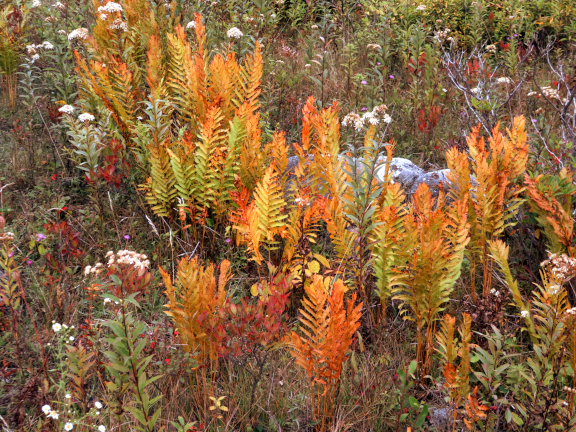



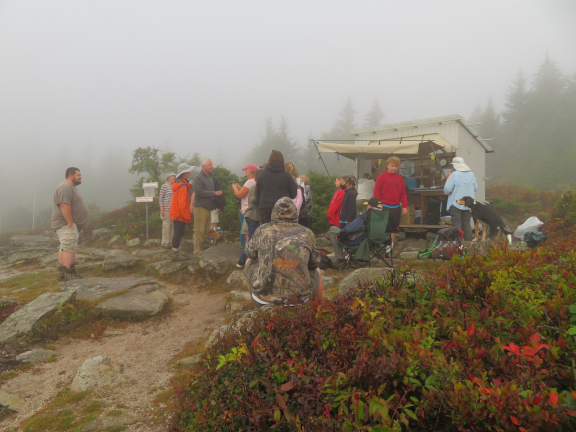

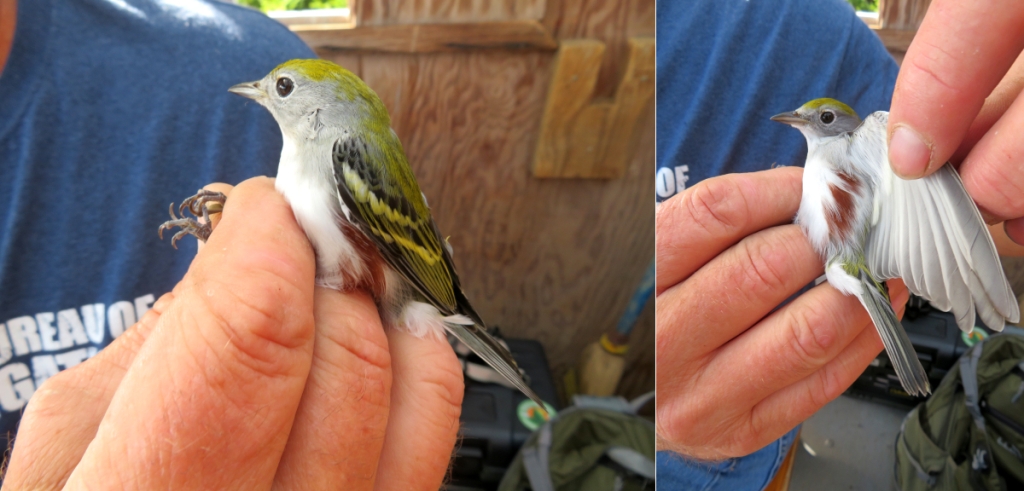


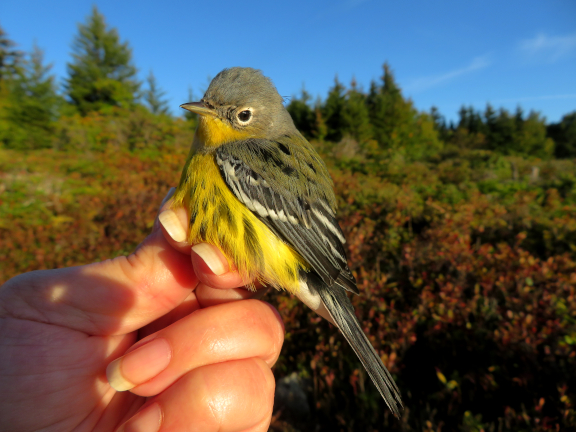























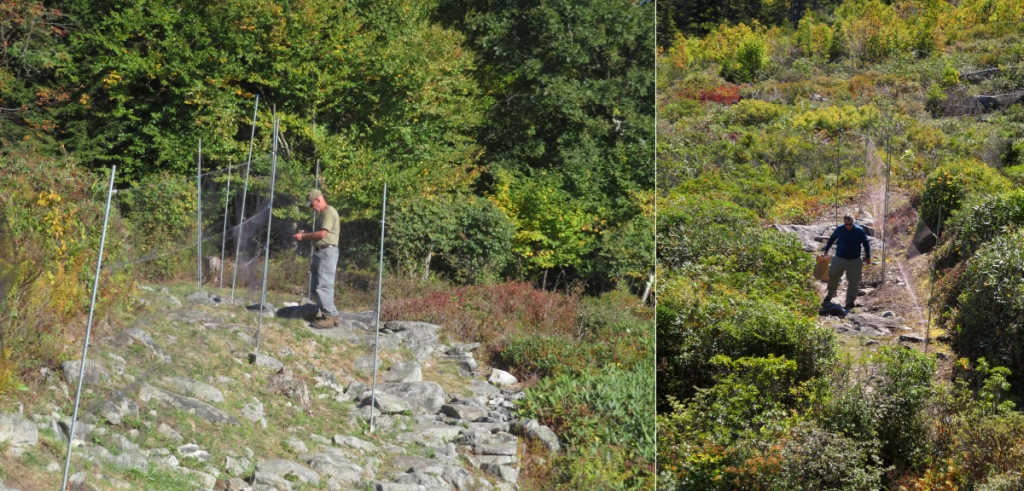


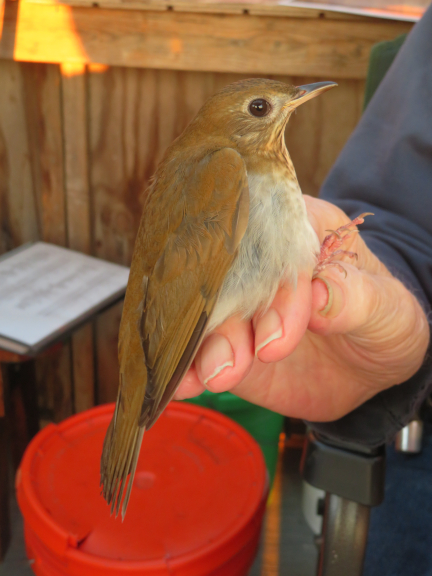


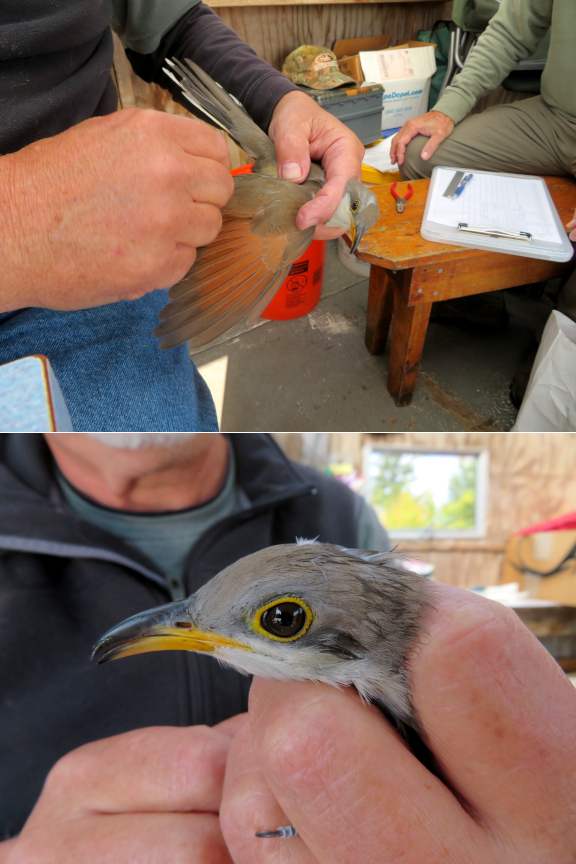







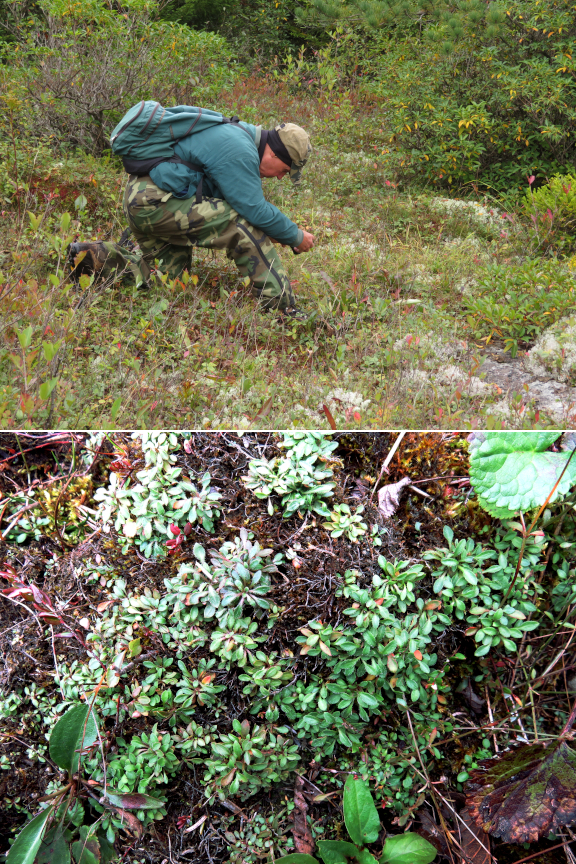


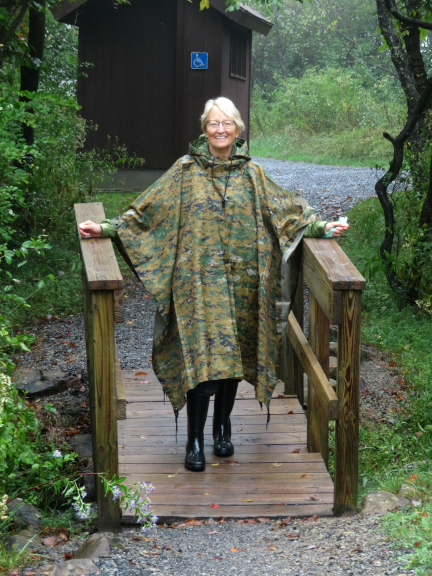
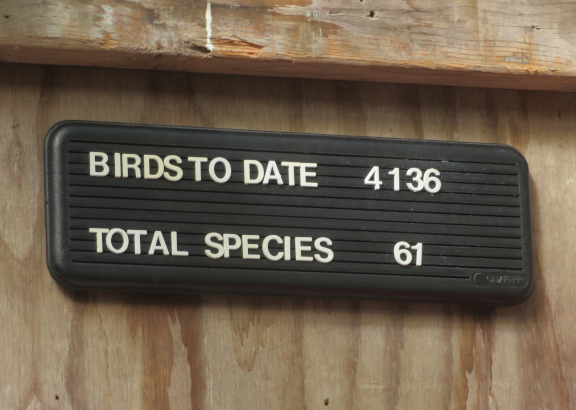
Here last night and tonight…getting a little chilly. Great post!Brent.Sent via the Samsung Galaxy S8 Active, an AT&T 5G Evolution capable smartphone
LikeLike
Thanks Bill and Jan. I so enjoy all of your informative posts! Keep em’ coming!!
On Tue, Oct 19, 2021 at 8:59 PM Bill Beatty Nature wrote:
> wvbirder posted: ” The “mountains were calling” and so was the Allegheny > Front Migration Observatory, so we “must go”! We camped at the Red Creek > Campground, adjacent to the Dolly Sods Wilderness and near the AFMO, for 15 > days. Photo (c) Bill Beatty Photo (c) Jan Ru” >
LikeLike
Great overview Bill. I’m glad you guys had an awesome trip.
LikeLike